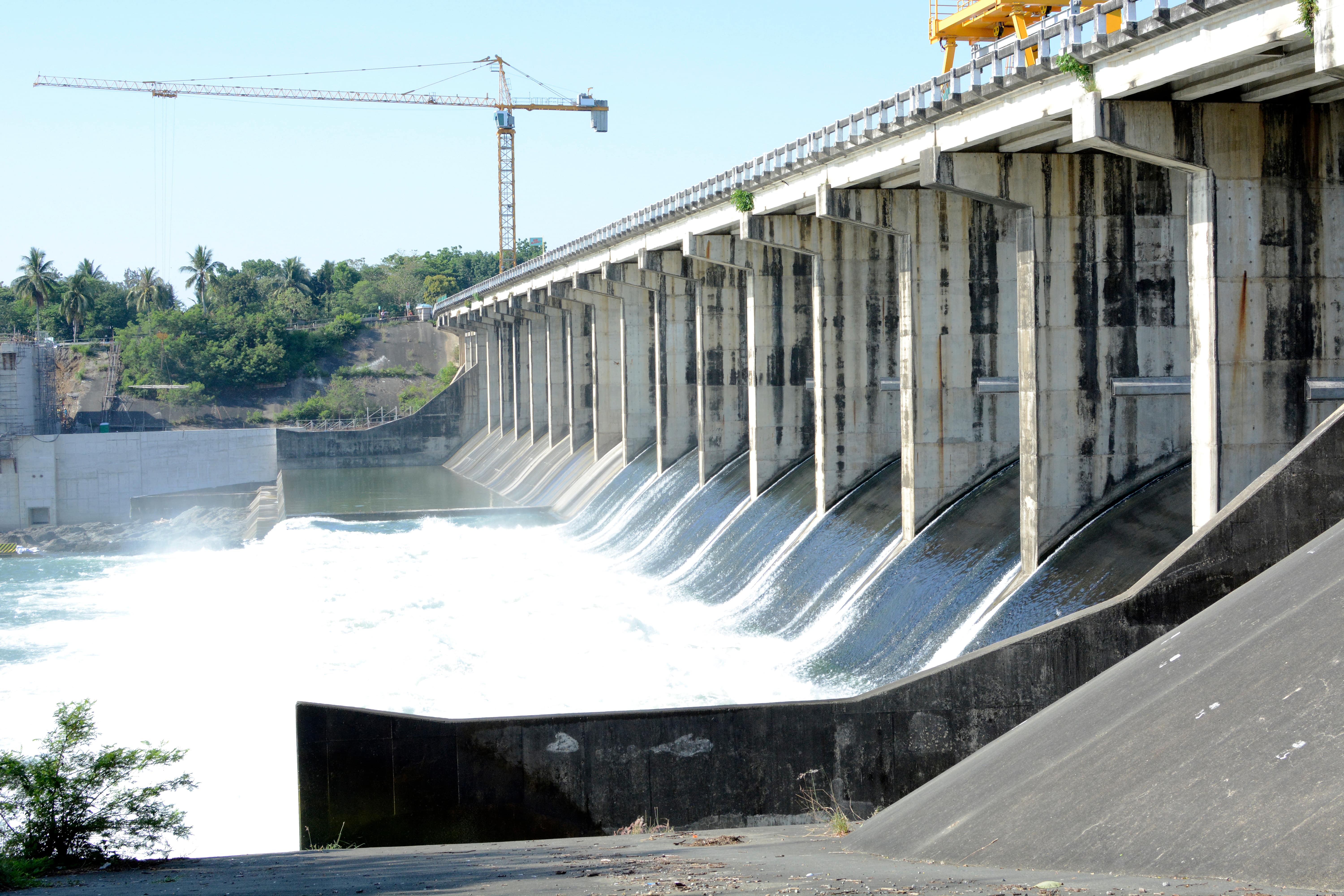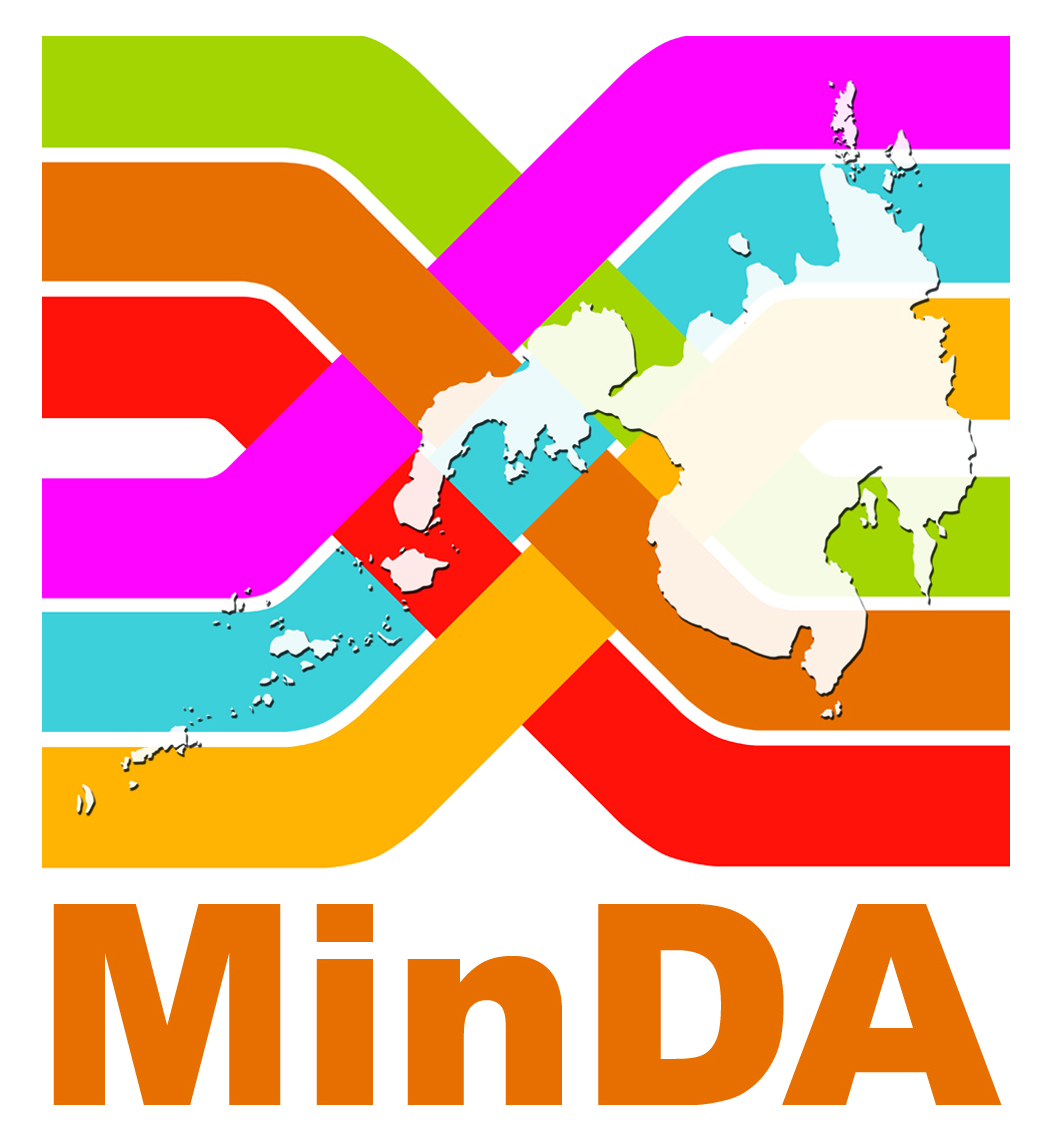Water Resource Management
Socioeconomic Issue in Spotlight

Water demand expands naturally across many sectors, including industry, commerce, agriculture, and households, as economies and populations grow. Goal 6 of the United Nations (UN) Sustainable Development Goals (SDGs) seeks to ensure the availability and sustainable management of water and sanitation for all. According to the UN World Water Development Report, two billion people (about 26% of the world’s population) have no safe drinking water and 3.6 billion still have no access to safely managed water and sanitation. By 2050, the number of people in urban areas experiencing water scarcity is estimated to increase significantly, from 930 million in 2016 to a projected 1.7 to 2.4 billion[1].
Despite abundant water resources, the Philippines has difficulty providing its population with reliable and safe access to water. According to the United Nations Children’s Fund, while 91 percent of Filipinos have access to basic water services, this is unevenly distributed across regions. While 99 percent of the one-fifth wealthiest households have access, this is enjoyed by only 80 percent of the poorest households[2].
Effective and efficient management of water resources is key to providing reliable and sustained water supply. The government manages and regulates the country’s water resources to ensure everyone has safe, reliable, and equitable water supply. In a study, Velasco et al. (2020) noted that the Philippine water sector remains fragmented due to the ambiguous and overlapping institutional mandates of the Local Government Unit (LGU)/Local Legislative Councils, National Water Resources Board (NWRB), and Local Water Utilities Administration. No central water planning agency monitors the total investments made in the water sector and the specific targets of various entities (e.g., water districts, utilities, and LGU-run organizations). Without comprehensive nationwide monitoring, the aim of water security and universal water access cannot be achieved. The lack of investment coordination can lead to inefficient funding allocation and project implementation.
In a similar study, Valenzuela and Gutierrez (2020) found duplication, overlap, and conflict in water management functions in water governance. Although the NWRB is designated as the primary agency for water management as mandated under the Water Code, it has relinquished most of its powers and responsibilities to other government bodies. Furthermore, the NWRB lacks adequate financial support and personnel to fulfill its mandated functions effectively.
The Mandanas-Garcia ruling of the Supreme Court will boost intergovernmental fiscal transfer for LGUs by broadening the national tax base. Without national government-funded programs like those for water service provision, it is solely up to LGUs and local communities to achieve universal water access by 2030. In an assessment of the national government’s local water support programs, Velasco et al. (2021) found that while national government-initiated programs were consistently funded, the LGU counterpart lacked sufficient financing from the local development fund (LDF). The local governments’ regional allocation of expenditures had a weak to moderate association with poverty incidence, suggesting that public services, including water supply, are not reaching the poorest areas. The authors recommend enhancing LGUs' capacity for investment planning and addressing delays in utilizing their LDF. If the national government continues its local water supply support programs, it should ensure they are well-targeted. Strengthening efforts to address political economy challenges in water service provision is crucial. Overlapping water service providers imply inefficient use of investments due to political economy issues.
Given the mounting demand for water in Metro Manila, the government should consider developing new water sources. According to Tabios III (2019), the water in the region is sourced from the Angat Reservoir (4,000 million liters per day [MLD]) through Ipo and Novaliches Reservoir, groundwater (800 MLD), and a little from Laguna Lake (300 MLD). The latter may be tapped beyond its permitted MLD, but this requires thorough public consultations and negotiations with other stakeholders on the lake's freshwater supply. Groundwater as a water source has become unreliable due to water quality problems and pollution. Relying heavily on the Angat Reservoir to meet around 80 percent of Metro Manila's water demand is risky due to reservoir sedimentation and potential issues like the risk of dam break during earthquakes, transmission failure, and possible terrorist attacks.
The Socioeconomic Research Portal for the Philippines (SERP-P) has a wealth of resources tackling water resources management. Below are some of them:
- The Philippine Local Government Water Sector
- Addressing Institutional Challenges in Water Resources Management
- The National Government's Role in Local Water Supply Delivery in the Philippines
- Alternative Water Sources for Metro Manila for Water Security and Resilience
For more studies, simply type “water”, “water governance”, and other related keywords in the Search box of the SERP-P website.
[1] https://www.unesco.org/en/articles/imminent-risk-global-water-crisis-warns-un-world-water-development-report-2023 (accessed on July 24, 2023)
[2] https://www.unicef.org/philippines/press-releases/two-billion-people-lack-safe-drinking-water-more-twice-lack-safe-sanitation (accessed on July 24, 2023)


